Introduction
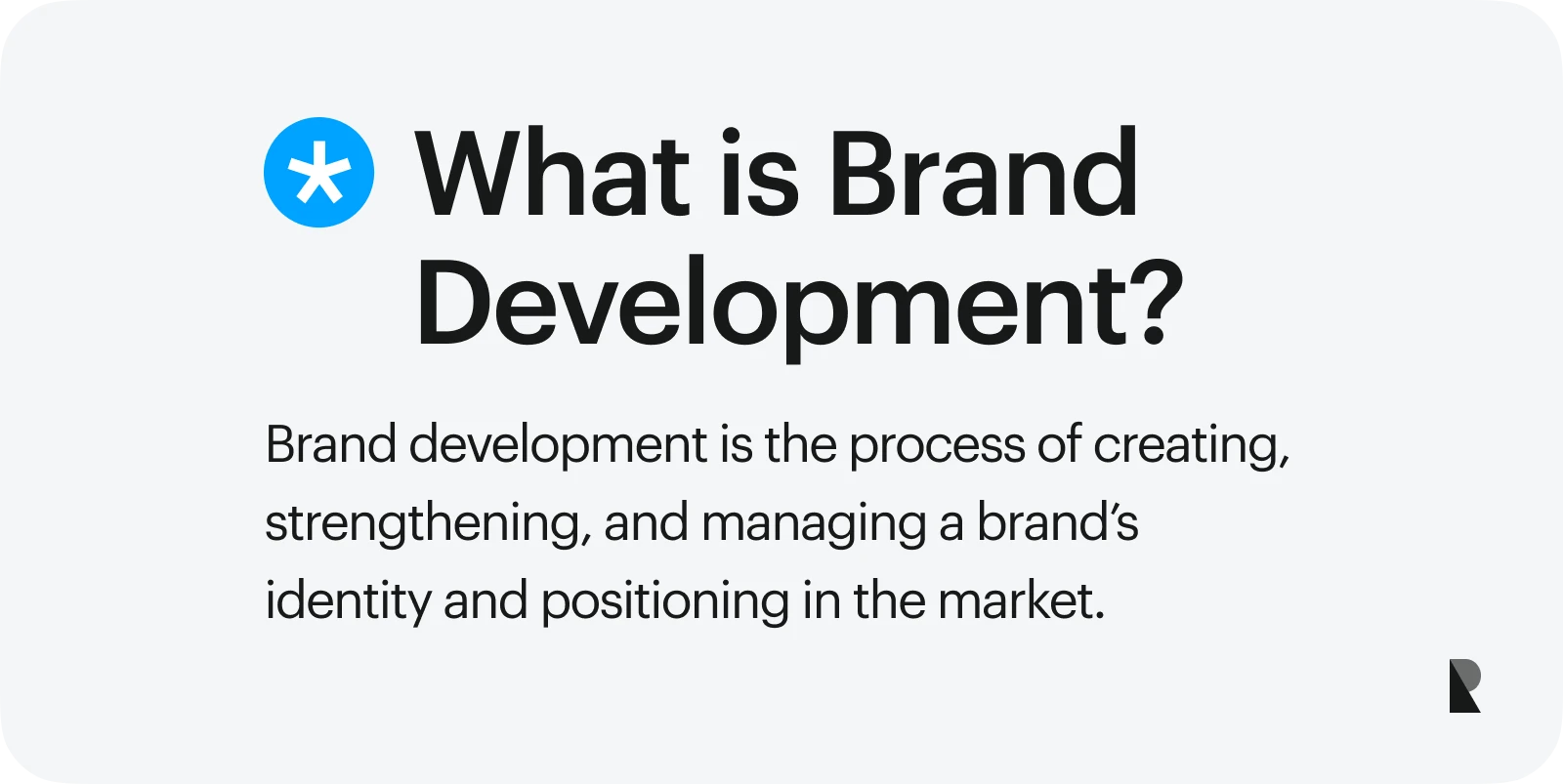
Building a brand is much like raising a child. It requires careful attention and nurturing as you establish a strong foundation for the brand's unique qualities to shine through. But without proper support and brand strategy, brands can get lost in the shuffle and fail.
Fortunately, you can future-proof your brand through the continuous and methodic process called brand development. Whether you are a young business about to make its mark in the market or a large corporation looking to sustain your growth, integrating brand development can fuel your success.
Now, how does this differ from branding?
Branding is about comprehending your business and establishing its main mission, values, and beliefs, which then shapes the company's USP or unique selling proposition. Think of branding as the overall concept or the big picture. You can breathe life to this concept by implementing a well-thought-out brand development strategy.
Brand Development Importance
Brand development is important because it allows you to navigate the intricacies of branding better with a blueprint. For starters, the brand development process breaks down your short-term and long-term goals so you can strategize according to threats and weaknesses. Partnering with a trusted brand strategy company can further refine this process by aligning your vision with data-driven insights and creative direction that support long-term growth.
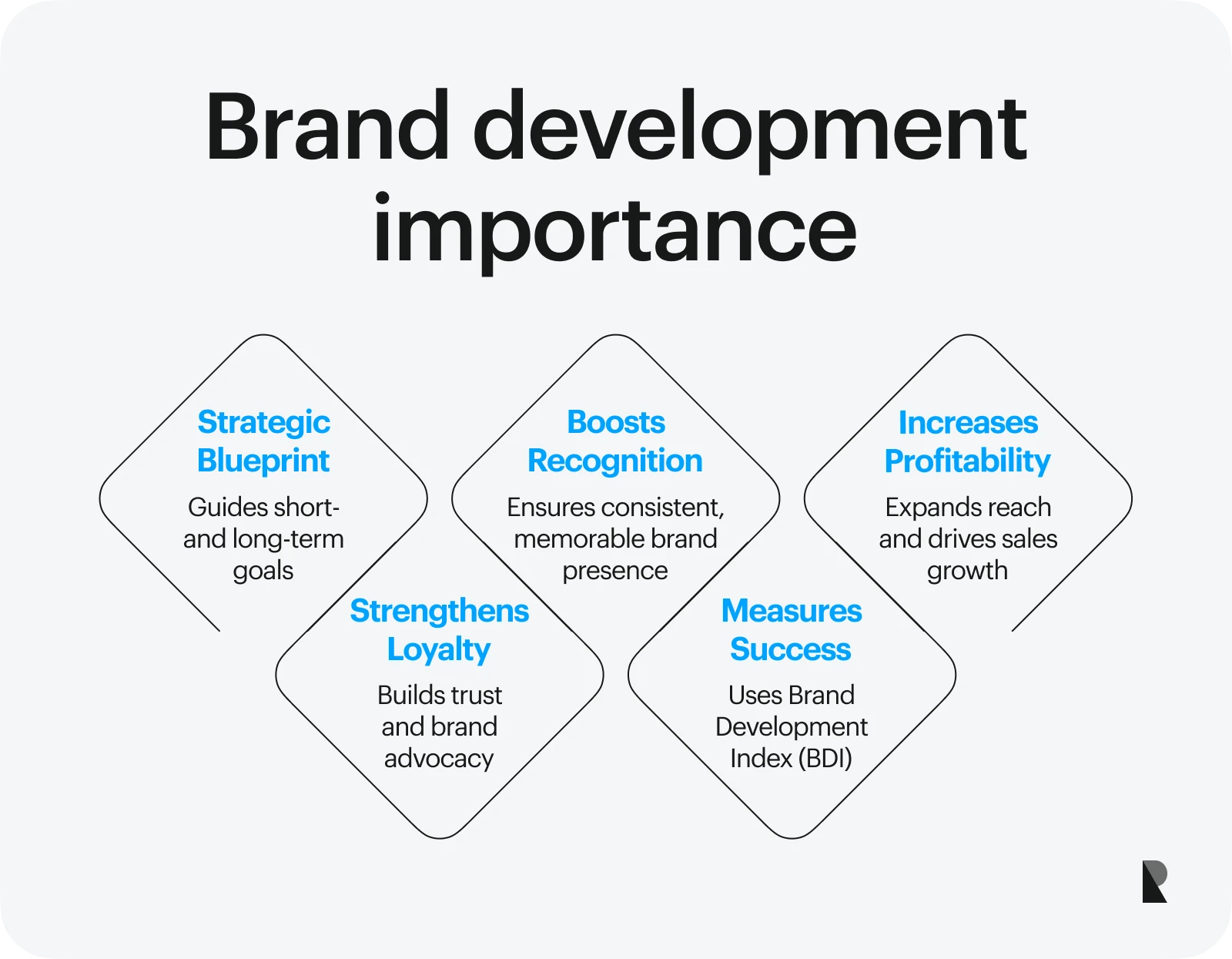
Amplify Brand Recognition
Brand development ensures consistency in delivering your messages across all channels and touchpoints—online and offline. It helps you design branding elements or assets that are quickly identifiable, making you even more recognizable. Finally, by weaving in storytelling, your brand can spark authentic emotions and leave a lasting impression on your customers.
Strengthen Customer Loyalty
How much customers trust a brand says a lot about its reputation and credibility. But these are not easy and quick to build. Thanks to brand development, you can create a solid path to convert your buyers into loyal customers. If you're lucky, you can also make them into brand advocates.
Brand advocates enthusiastically promote or refer your products and services to others. Hence, they generate significant growth in your customer pipeline and fuel your brand for success.
Increase Profitability
Speaking of growth, going through a brand development process can also increase your bottom line as you expand your market reach. Put simply, more buyers means more sales. In fact, a study done on brand consistency reported that businesses can reap up to 20% in overall growth compared to companies with inconsistent branding.
So, how do you know if your brand development strategy is successful? Through the Brand Development Index or BDI.
Measuring Success Through Brand Development Index (BDI)
The Brand Development Index, or BDI, is the golden metric if your branding strategy is working. It helps with budget allocation and gives an accurate snapshot of your standing in the market based on your sales and market reach. Finally, it can tell you whether your investments in advertising and marketing are worth it.
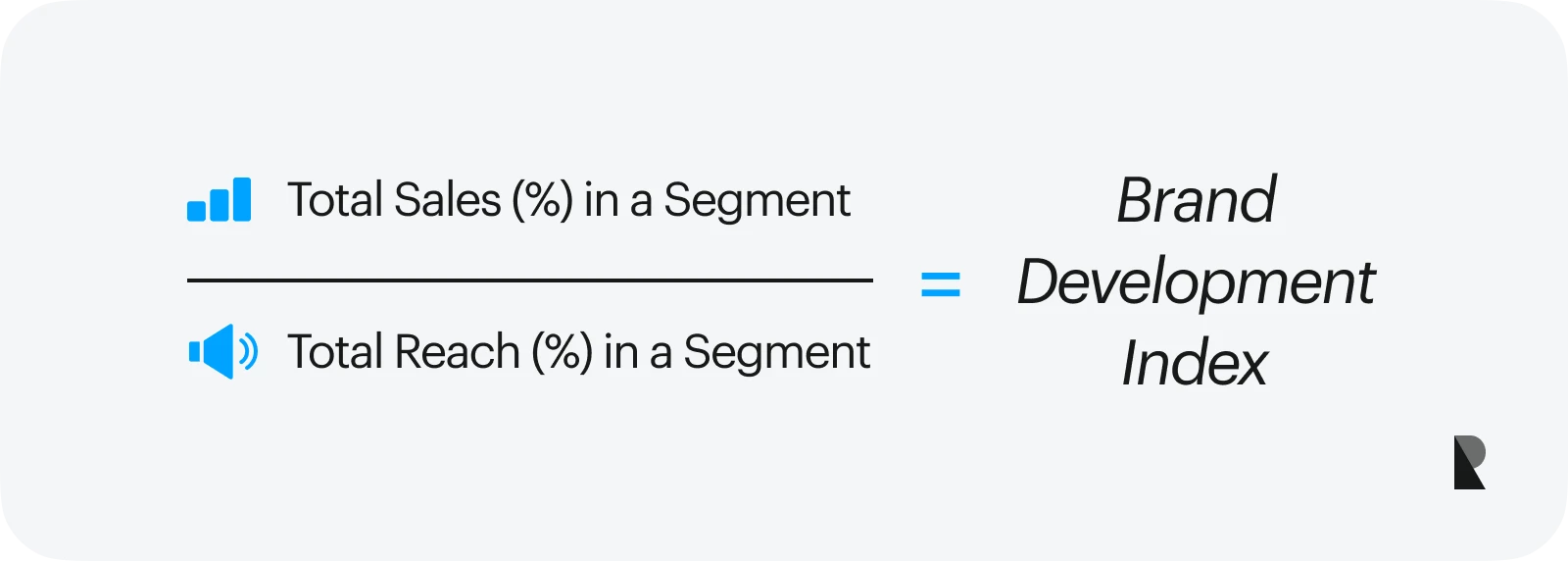
You can derive the BDI by dividing the percentage of your total sales by your percentage share in a market area. Say a milk brand wants to know if its three-month marketing campaign targeting Segment A is working.
According to data, the brand has effectively increased its total shares to 20%. The brand's portion or reach of Segment A, its target client group, is 30%. With these figures, we divide the 20% sales share by the 30% market segment share to give us the BDI of 66.7%.
The higher your BDI, the stronger the demand for your product is in that segment. You can use the BDI to measure growth or identify gaps in the market.
How to Map an Effective Brand Development Strategy
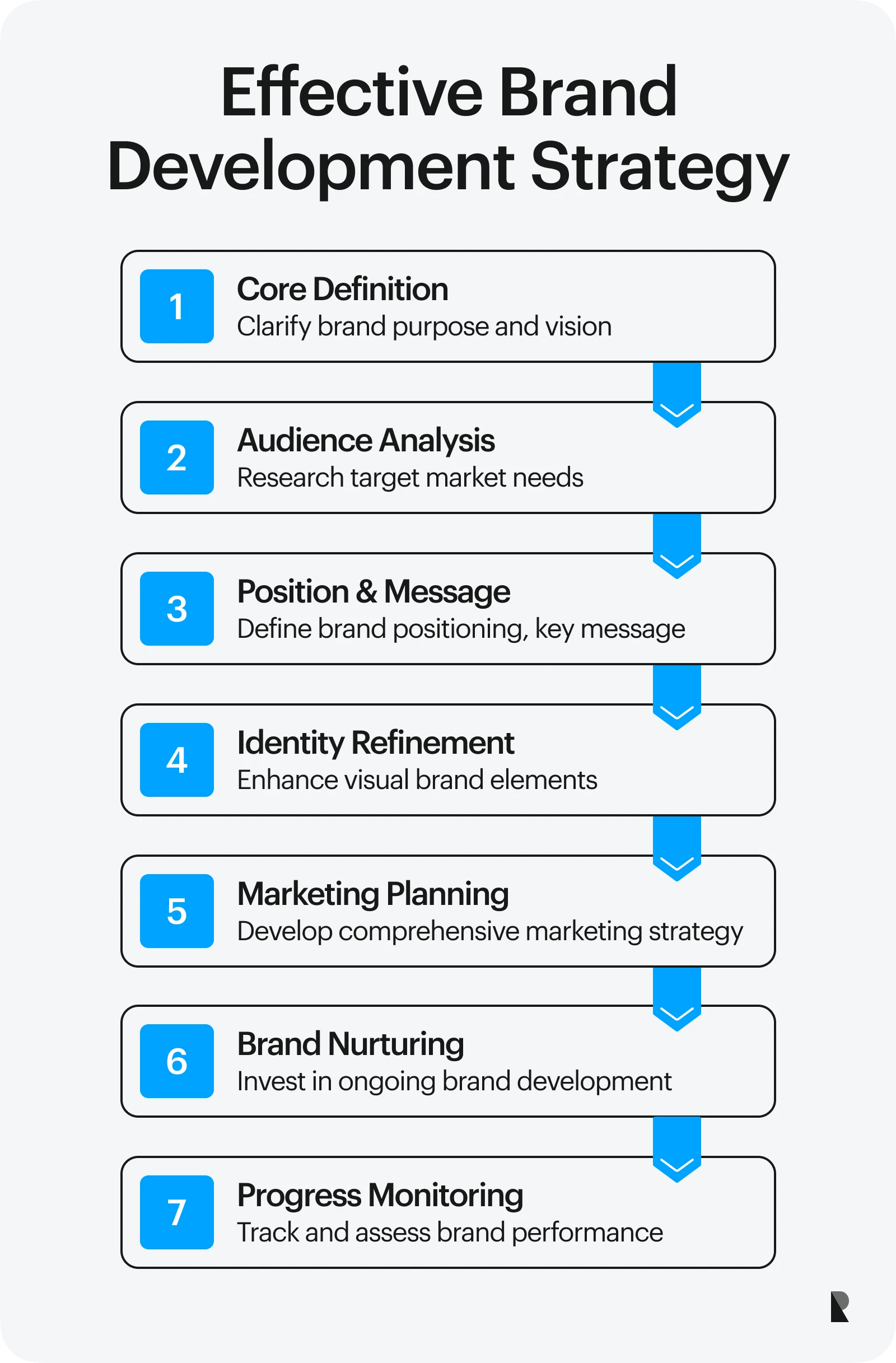
Step 1: Zero In on Your Brand’s Core Idea
Knowing your brand's core idea provides clarity to you and your team, customers, and other stakeholders on what to expect from your brand and what makes you distinct. It also makes identifying which branding and marketing methods best fit your brand easier.
So, how do you do this?
You can start by looking in. Work with your team and explore what your brand stands for, its purpose, and its core beliefs. Having a solid internal awareness could help make sure that you and your team consistently send messages that resonate with your target customers. It also helps your team provide a unique brand experience that harmonizes the functional, emotional, and social values that your brand could provide.
Step 2: Analyze Your Target Audience’s Needs
Your next step is to know and understand your customers. It goes beyond identifying location, age, level of education, etc. You’ll have to research your target audience's interests, website and social media behavior, challenges, and day-to-day activities. Ultimately, you should be able to address the question: How can your products/services improve their life?
Having an intimate knowledge of your target audiences helps avoid unnecessary spending on marketing fads and trends that may not even be effective. It also allows you to predict the needs of your brand to accurately create products people will love.
Step 3: Identify Your Brand Strategic Positioning and Messaging
Now that you know who to talk to, you’ll need a brand strategic positioning. Brand positioning is all about being unique and making a lasting impression. When someone mentions "toothpaste", Colgate instantly comes to mind.
The brand has successfully delivered on its positioning and messaging of bright smiles and healthy teeth, resulting in a massive following across the globe. Hence, it has remained the leading and most trusted brand in the oral care industry.
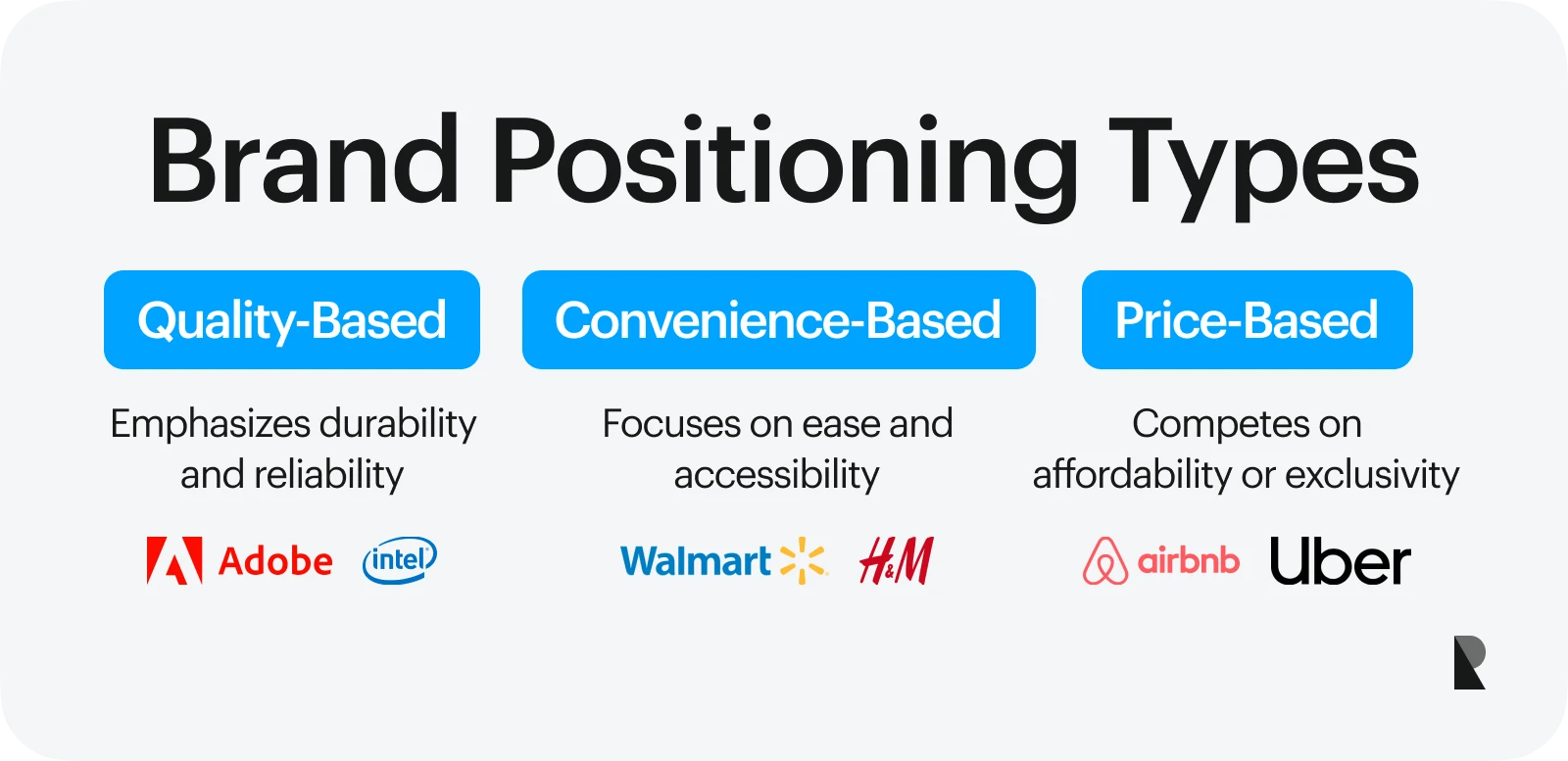
Below are three of the most common types of brand positioning to keep in mind:
* Quality-based positioning refers to leveraging the durability and reliability of your product to capture the market. Examples: Adobe and Intel *
* *Price-based positioning** is when a brand captivates its market segment using its price tag. Examples: Dollar Tree, Walmart, and Amazon (affordable products), H&M, Charles & Keith, and Xiaomi (mid-range products), and Louis Vuitton, Chanel, Rolex, and Bugatti (high-end products) *
* *Convenience-based positioning** highlights how a product or service can make a person's life easier. Examples: Airbnb and Booking.com (instant accommodation reservations websites), and Grab and Uber (car-hailing apps)
Step 4: Refine Your Brand Identity’s Visual Elements
Your brand identity will probably take years or even decades before finding what works. That said, refining your visual elements—brand name, logo, typeface, icons, photography style, etc. —becomes a never-ending process. Preferences, beliefs, and behaviors change. Of course, you shouldn't jump on the bandwagon for a quick ride to fame, either.
Keep in mind that creating a unique brand identity requires authenticity. Hence, it is crucial to constantly have a pulse of your market, keep up with their changing behaviors, wants, and needs, and be fearless in innovating your brand without alienating your loyal customers.
Step 5: Create a Marketing Strategy
Having a marketing strategy helps your brand communicate its story in a way that resonates with your audience. While there is no single formula for creating the best marketing strategy, having the essentials is half the battle won.
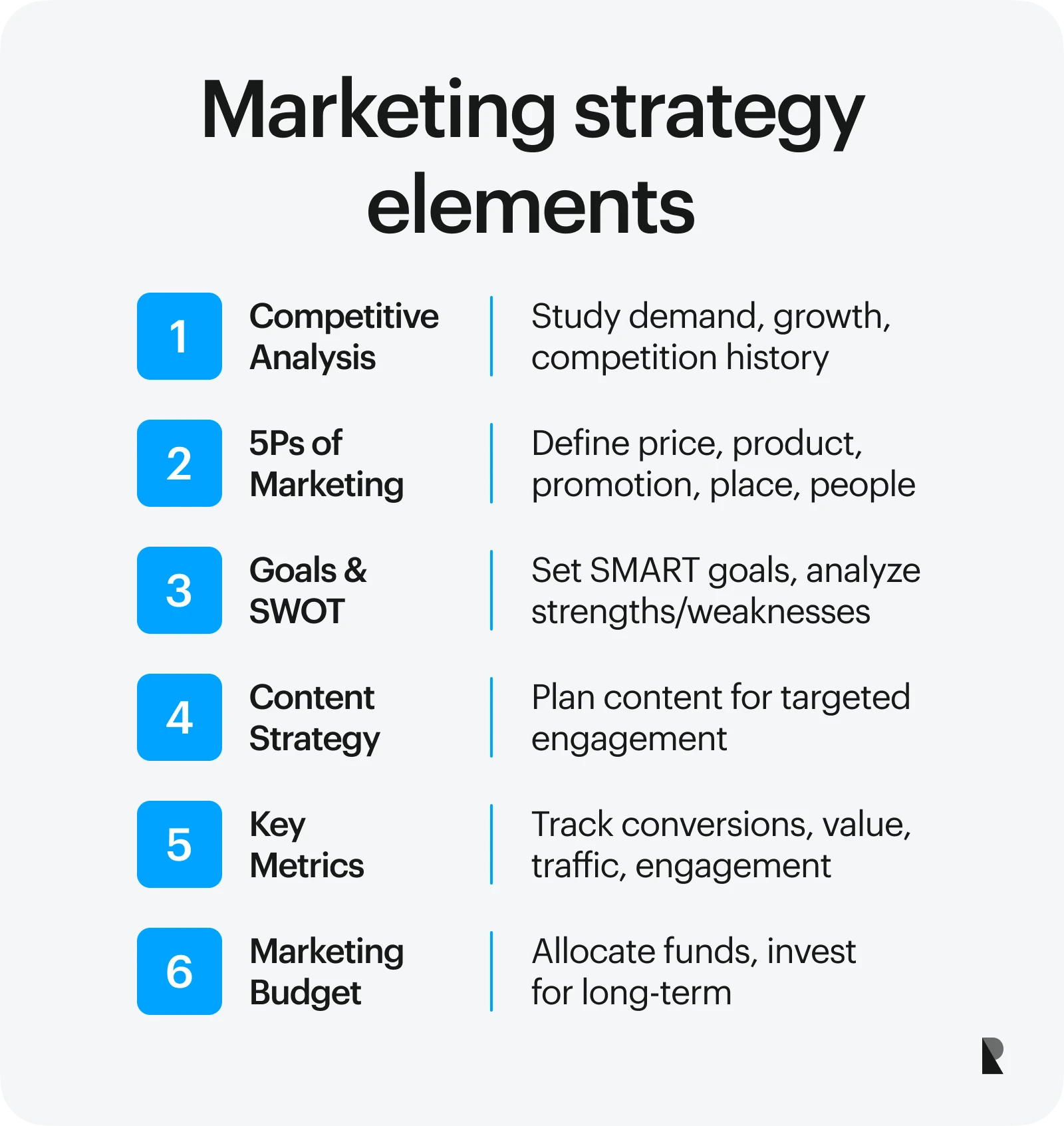
Here are the key elements you need to include in your marketing strategy:
- Competitive Analysis. Know the history of product demand, growth, and competition among other brands.
- 5Ps of Marketing. Define your marketing mix according to price, product, promotion, place, and people.
- Marketing Goals and Objectives. Create SMART goals to help guide your marketing strategy. A nifty tool called SWOT can identify and define your strengths, weaknesses, threats, and opportunities to see where your brand stands in the market.
- Content Creation. The types of content your market consumes are vast and varied. A content marketing strategy helps avoid becoming overwhelmed and maximize your advertising and marketing ROI.
- Key Metrics. Periodically measure your marketing strategy’s effectiveness using the following metrics: Lead-to-sale Conversion Rate, Customer Lifetime Value, Social Mentions, Search Traffic Metrics, Engagement rate.
- Marketing Budget. You may have the best marketing plan, but without a highly skilled team of branding and marketing experts, funds, and other resources, it may be futile. While you don’t need to splurge a huge amount, especially if you’re starting, think of marketing as an investment with long term benefits.
Step 6: Put More Attention to Your Brand Development
From carefully selecting visual elements and tone of voice to ensure consistency across all platforms to noticing how a new product is received, the finer details you weave in can strengthen your brand perception. Consequently, this translates to higher brand recognition.
Step 7: Consistently Monitor Your Brand’s Progress
Your final step in the brand development process is monitoring your progress. Luckily, tools are at your disposal to assist your branding team in monitoring your performance.
You can run a sentiment analysis to get concrete information on how customers interact and react to your brand in every touchpoint. Some monitoring tools can also pull real-time feedback and other information from social media, blogs, forums, branded websites, newsletters, and other platforms. And they can track how often your brand, content, keywords, and hashtags are mentioned and shared.
Some brand monitoring tools you can consider include Sprout Social, Google Alerts, Hootsuite, and Ahrefs. You can also rely on your sales and customer representatives for in-person feedback, in-store visits, and other customer data.
Example: UNIQLO - From Japan to the World
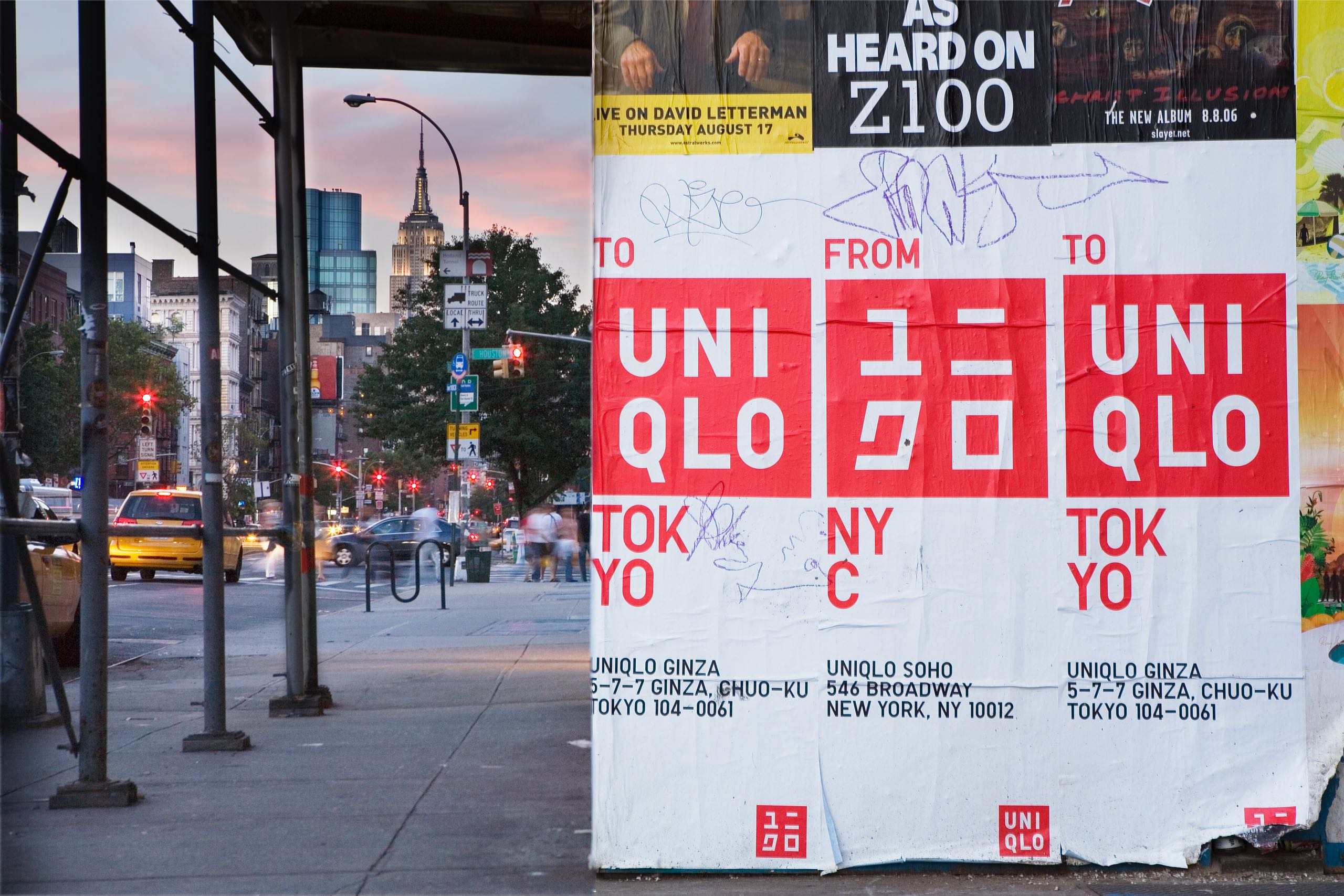
Uniqlo grew from a humble Japanese retailer to a global giant worth $9.6 billion. Image via Kashiwasato
Who would’ve thought that a clothing brand born during the worst economic downturn in Japan now has a brand valuation of $9.6 billion?
Thanks to Uniqlo’s perseverance despite trends, the brand has sustained its identity as a business that creates modern, hip, and minimalist clothes and apparel made from sustainable materials. From sourcing materials and design to production, the brand is hands-on in ensuring high-quality consistency before it hits the shelves. Add to that, it doesn't cost a fortune to afford them. Fast forward to 2023, it has become a staple brand for the younger generations.
CEO Tadashi Yanai reiterated the brand’s positioning statement
People mistakenly say that Uniqlo is a fast-fashion brand. We’re not. We are about clothing that’s made for everyone.
Following its vision to a tee during the development process, Uniqlo has successfully set itself apart through its inclusive designs and the use of technologically advanced materials. Among them is HEATTECH, a lightweight fabric that turns moisture into heat. Now, you can say goodbye to bulky winter clothes!
In terms of increasing brand recall, Uniqlo continues to evolve its visual presence by including a customized dual logo language designed to give a nod to its Japanese roots. It manages to weave in the brand’s philosophy in all marketing collaterals. And the brand partners with inspiring influencers, like athletes, artists, and athletes.

Uniqlo gives a nod to its Japanese roots. Image via Kashiwasato
What About Rebranding?
While consistency is vital in brand development, sometimes, it's time to retire your current branding through a rebrand. Now, a rebrand may look different depending on your goals. Rebranding may entail simply introducing a new slogan, logo, or product design packaging. Or it can mean a complete rehaul with a new brand vision, target audience, brand identity, etc.
Here are some reasons why rebranding is a good idea:
- Your brand perception doesn’t align with your brand identity.
- Your sales have stagnated or plummeted despite efforts.
- Your visual brand is outdated.
- You entered a merger or acquisition.
- Your brand mission has changed.
Rebranding allows you to identify and rectify inconsistencies as you launch a new identity. It also aids when refocusing or expanding your target market. Finally, a rebrand helps communicate your change in position or direction to your audience.
Is Investing in Brand Development Worth It?
Brand development is always worth it if done thoroughly. If spearheaded by a team of brand experts, you can successfully nurture customer loyalty, create a unique brand identity, design visually compelling collateral, and deliver a consistent brand message. Moreover, it enables you to connect with your target audience at a deeper level.
While consumers have endless choices, a well-developed brand is key to your overall business strategy.
Oct 9, 2023
 Tadashi Yanai, CEO
Tadashi Yanai, CEO
